Mysterious radio signals from deep space detected0
- From Around the Web, Space
- January 9, 2019
Astronomers have revealed details of mysterious signals emanating from a distant galaxy, picked up by a telescope in Canada.
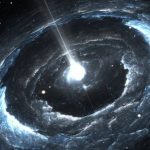
Astronomers have revealed details of mysterious signals emanating from a distant galaxy, picked up by a telescope in Canada.
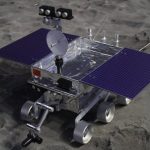
Chang’e 4 will test soil composition, try to grow plants, and listen for traces of Big Bang
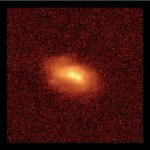
Galaxy mergers—in which two galaxies join together over billions of years in sometimes-dramatic bursts of light—aren’t always easy for astronomers to spot. Now, scientists from the University of Colorado Boulder have developed a new technique for finding these cosmic couplings in surveys of the night sky.
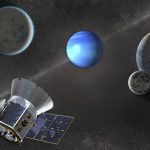
The first few exoplanets nabbed by the telescope are unlike any yet seen
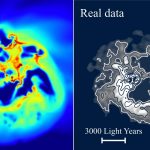
An international team of astrophysicists from the University of Surrey, Carnegie Mellon University and ETH Zürich has found evidence that dark matter can be heated up and moved around, as a result of star formation in galaxies.

A UFO organisation with links to the Chilean government is investigating eight reports of strange phenomena across New Zealand skies this year and says sightings are increasing.
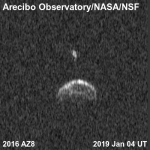
Yesterday, Jan. 7th, near-Earth asteroid 2016 AZ8 flew past the Earth-Moon system only 2.8 million miles away.

One fine summer evening in 1953, with Bank Street bustling as thousands of ball fans headed to Lansdowne Park to watch a game, Wilbert B. Smith, a senior radio engineer with the Department of Transport, and his research team released a weather balloon over the area. Not just any weather balloon, this one was covered with aluminum to make it disk-shaped, while fastened to its centre was a large aircraft flare timed to ignite when the balloon reached 5,000 feet, or 1,524 metres.
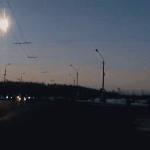
That disastrous rock may now looks to have been a Beta Taurid passenger
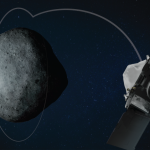
At 2:43 p.m. EST on December 31, while many on Earth prepared to welcome the New Year, NASA’s OSIRIS-REx spacecraft, 70 million miles (110 million kilometers) away, carried out a single, eight-second burn of its thrusters – and broke a space exploration record.